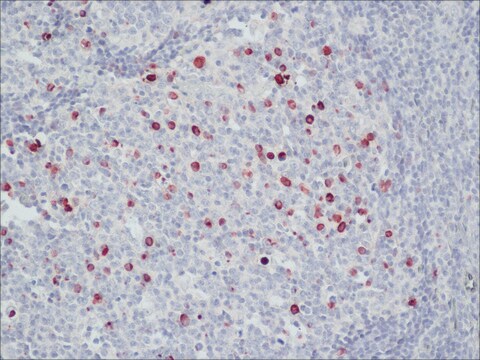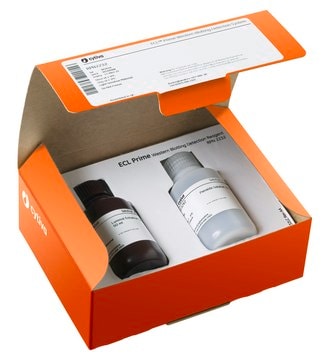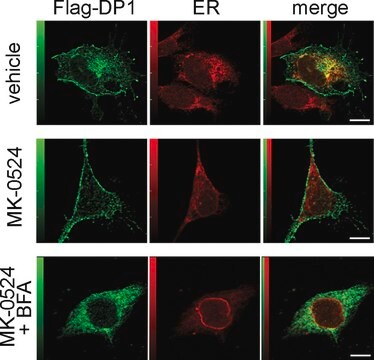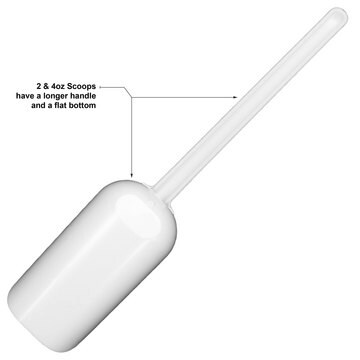SAB4200769
Anti-Human IgG3-Peroxidase antibody, Mouse monoclonal
clone HP-6050, purified from hybridoma cell culture
Sinónimos:
Anti-Human immunoglobulin G3
About This Item
Productos recomendados
biological source
mouse
Quality Level
conjugate
peroxidase conjugate
antibody form
purified from hybridoma cell culture
antibody product type
primary antibodies
clone
HP-6050, monoclonal
form
lyophilized powder
species reactivity
human
concentration
~2 mg/mL
technique(s)
direct ELISA: 1:80,000-1:160,000 using 2 μg/mL human IgG3 for coating.
isotype
IgG1
shipped in
dry ice
storage temp.
−20°C
target post-translational modification
unmodified
General description
Immunogen
Application
Physical form
Other Notes
¿No encuentra el producto adecuado?
Pruebe nuestro Herramienta de selección de productos.
signalword
Warning
hcodes
Hazard Classifications
Skin Sens. 1
Storage Class
12 - Non Combustible Liquids
wgk_germany
WGK 1
flash_point_f
Not applicable
flash_point_c
Not applicable
Elija entre una de las versiones más recientes:
Certificados de análisis (COA)
¿No ve la versión correcta?
Si necesita una versión concreta, puede buscar un certificado específico por el número de lote.
¿Ya tiene este producto?
Encuentre la documentación para los productos que ha comprado recientemente en la Biblioteca de documentos.
Nuestro equipo de científicos tiene experiencia en todas las áreas de investigación: Ciencias de la vida, Ciencia de los materiales, Síntesis química, Cromatografía, Analítica y muchas otras.
Póngase en contacto con el Servicio técnico








